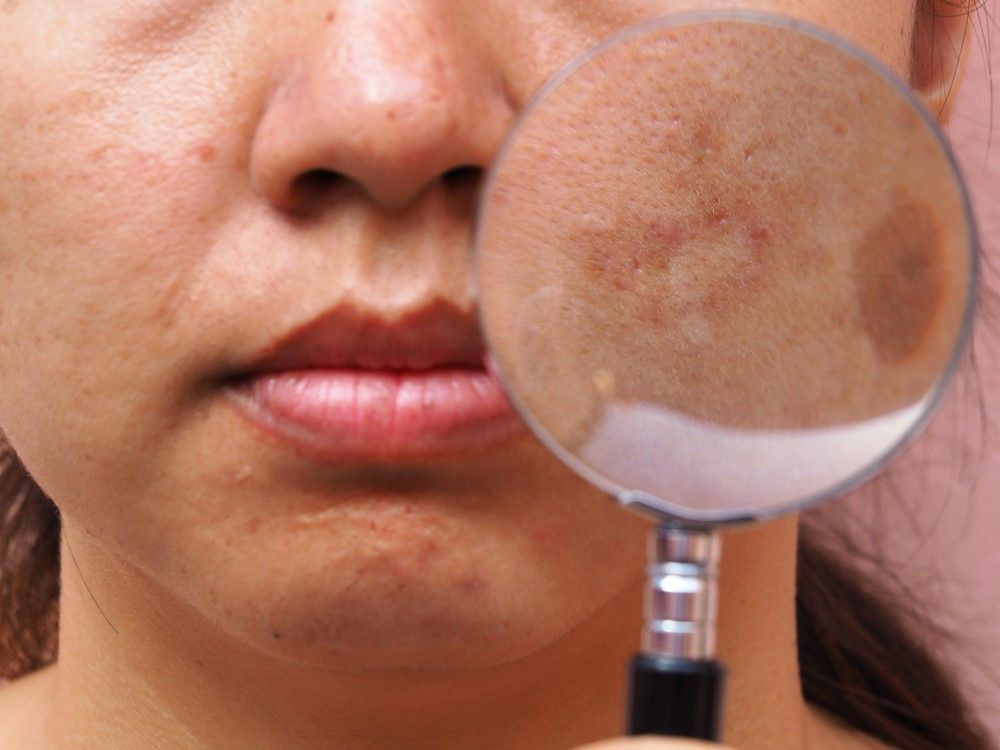- Acne
- Actinic Keratosis
- Aesthetics
- Alopecia
- Atopic Dermatitis
- Buy-and-Bill
- COVID-19
- Case-Based Roundtable
- Chronic Hand Eczema
- Chronic Spontaneous Urticaria
- Drug Watch
- Eczema
- General Dermatology
- Hidradenitis Suppurativa
- Melasma
- NP and PA
- Pediatric Dermatology
- Pigmentary Disorders
- Practice Management
- Precision Medicine and Biologics
- Prurigo Nodularis
- Psoriasis
- Psoriatic Arthritis
- Rare Disease
- Rosacea
- Skin Cancer
- Vitiligo
- Wound Care
Article
Picosecond laser safe, effective for melasma
Author(s):
A recent study examines the safety and efficacy of picosecond laser as a melasma treatment during a time when lasers are increasingly being used to treat the condition.

Results from a recent study show that picosecond lasers may offer a safe and effective treatment option for patients with melasma.
RELATED: A melasma treatment ladder
During the study, conducted by researchers from the Henry Ford Hospital and Harbor UCLA Departments of Dermatology, as well as Chipps Facial Plastics & Dermatology, researchers used the Melasma Quality of Life (MELASQoL) questionnaire, the Global Aesthetic Improvement Scale (GAIS) and a patient-reported outcome survey to record and observe the effect of a novel picosecond laser in patients with melasma.
Over the course of nine weeks, 10 individuals received a weekly laser treatment to a randomized side of their face. The patients’ average age was 42 with Fitzpatrick skin phototypes II-IV.
Study participants were also given SPF 30 sunscreen and a topical lightening cream consisting of .05% tretinoin/ 3% kojic acid/ 6% hydroquinone (HQ)/ 1% hydrocortisone to apply to their entire face once a day during the study period.
The picosecond laser was set for the initial treatment at a wavelength of 1064 nm, pulse duration of 8 nm, fluence of 1 J/cm2 and a spot size of 9 mm for 3-5 passes, while subsequent treatments were reduced to a 7 mm spot size.
“These picosecond treatment settings offer patients the benefit of little to no downtime in contrast to other laser treatment options which can have significant periods of associated erythema or peeling,” the study states.
The study found 90% of the patients rated their melasma as slightly better, according to the patient-reported outcome survey. These patients also reported that they would recommend the picosecond laser as a treatment for the condition.
Two dermatologists examined and evaluated the study participants using the GAIS and found an overall improvement in 80% of the patients’ treatment side compared to 20% improvement on the control side. Also, results from the MESAQoL questionnaire exhibited a 5.7 average point increase following conclusion of the study.
Post-treatment side effects included miniscule and brief facial reddening and discomfort, according to the authors of the study.
READ MORE: Melasma: When is laser treatment considered?
Results from a similar study from the Univeristy of Ulsan college of Medicine and Chois Dermatology Clinic located in Seoul, South Korea, revealed that the use of a 1064 plus 595 nm on a 750 picosecond laser in Korean patients led to a 51% improvement in lightness values when the laser was used in combination with a daily application of 2% HQ compared to 3% improvement for patients who only used 2% HQ.
During a time when the use of lasers is becoming increasingly popular to treat dermatological conditions, this study proves the safety and efficacious of picosecond lasers as an alternate option for patients with melasma.
“Because generation of heat is often considered the key factor in post-laser hyperpigmentation, picosecond lasers that deliver energy in exceptionally short pulse durations, minimize photothermal effects and are a promising strategy for treatment of melasma,” the researchers state.
Newsletter
Like what you’re reading? Subscribe to Dermatology Times for weekly updates on therapies, innovations, and real-world practice tips.






